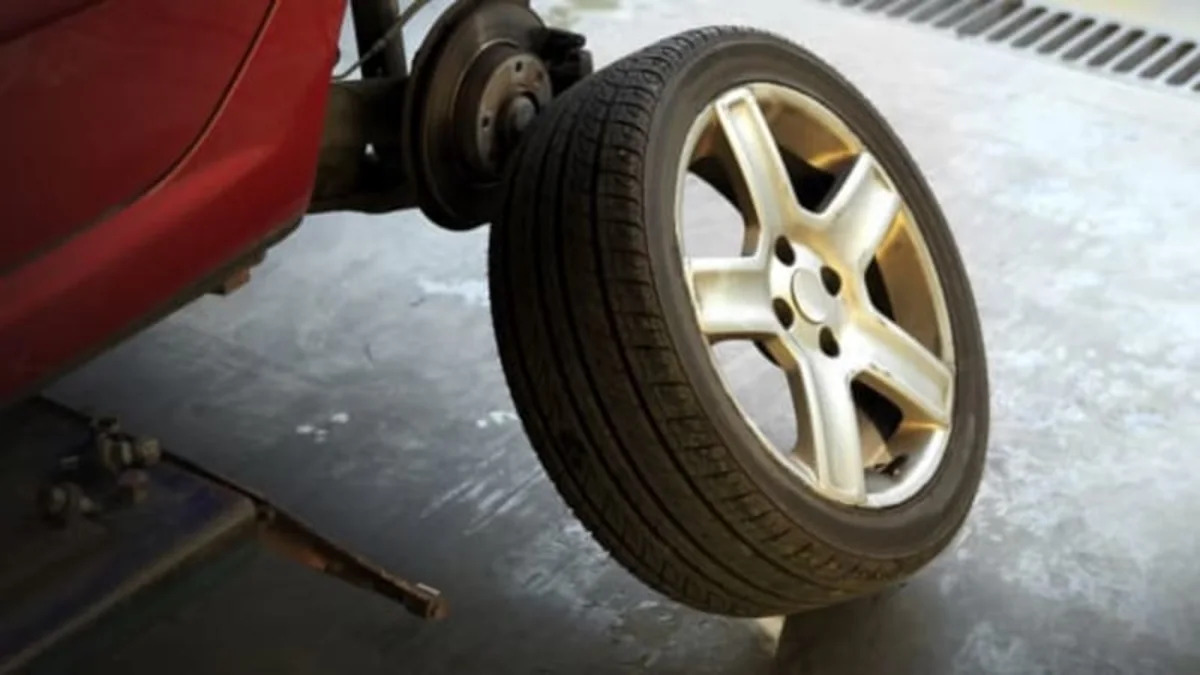Maintaining and replacing your tires is vital to your safety on the road. Without good condition tires with adequate tread, you'll find yourself having a harder time braking, cornering and accelerating. Understandably, tires can be boring, and the cost can be annoying, but keeping these four useful tips regarding tire replacement could help you save money and – most importantly – stay safe on the road.
1. Determine if it's time for replacement
In determining whether you even need new tires, do some simple checks on your current set. First, take a penny and place the edge into the groove of each tire. Insert the edge of the penny into the tread upside down, with the top of Abe's head going in first. If the top of his head is covered by tread, that means you still have an acceptable and safe amount of remaining tire life. Do this test at various points around the perimeter of the tire. If the top of Lincoln's head is visible at any point around the tire, it's time to go tire shopping. You can see an example of how to do this test here.
Check to make sure the edges of the tires don't show excessive wear, and that the tire pressure is correct. Your owner's manual should have the recommended tire pressure, and most gas stations have an air compressor with a tire gauge in the event that you need to fill them.
Excessive noise, uncomfortable ride, and slow leaks can be additional signs that you need new tires.
2. Don't replace all four tires unless absolutely necessary
The front tires of a car often wear out faster than its rear tires; this is especially true if you don't regularly rotate the tires during your vehicle's life. If your local tire shop insists that you need a new set, inquire about the condition of the rear tires before agreeing to the whole thing. Replacing four tires costs twice as much as replacing just two, and your rear pair could still have thousands of miles of life left.
If you do buy two tires instead of four, it's always better to put the new tires on the back, rotating the older ones to the front position. The newer tires will help the car remain stable if you need to swerve out of an emergency situation. And if hydroplaning in wet weather, the communication you get from the worn front tires is more immediate than the info you might get if those worn tires are mounted on the rear.
Do not buy one tire at a time. If a single tire is damaged, always get another new one for the other side of the car. And if replacing a pair of tires on an all-wheel drive vehicle, follow manufacturer recommendations.
3. Big brands are not always the best value
Most people can name two or three tire brands from what they've read, seen or heard in marketing campaigns. The big brands typically produce quality tires, but there are many lesser-known brands that are equally good. The lesser-known brands can save you over 50% when compared with the name brands, and can (potentially) deliver the same tire life and level of comfort. You can get recommendations on different, less obvious brands from a site like Tire Rack.
4. Get an alignment
Aligning your car, truck or SUV every time you install new tires is crucial to extending the life of those tires. When your wheels are properly aligned, the tires will wear evenly as designed. If you install new tires and your wheels are out of alignment, the uneven wear can require a new set of tires prematurely.
Stan Markuze is the founder of PartMyRide, an online marketplace for original used auto parts.
More on Autoblog


Sign in to post
Please sign in to leave a comment.
Continue